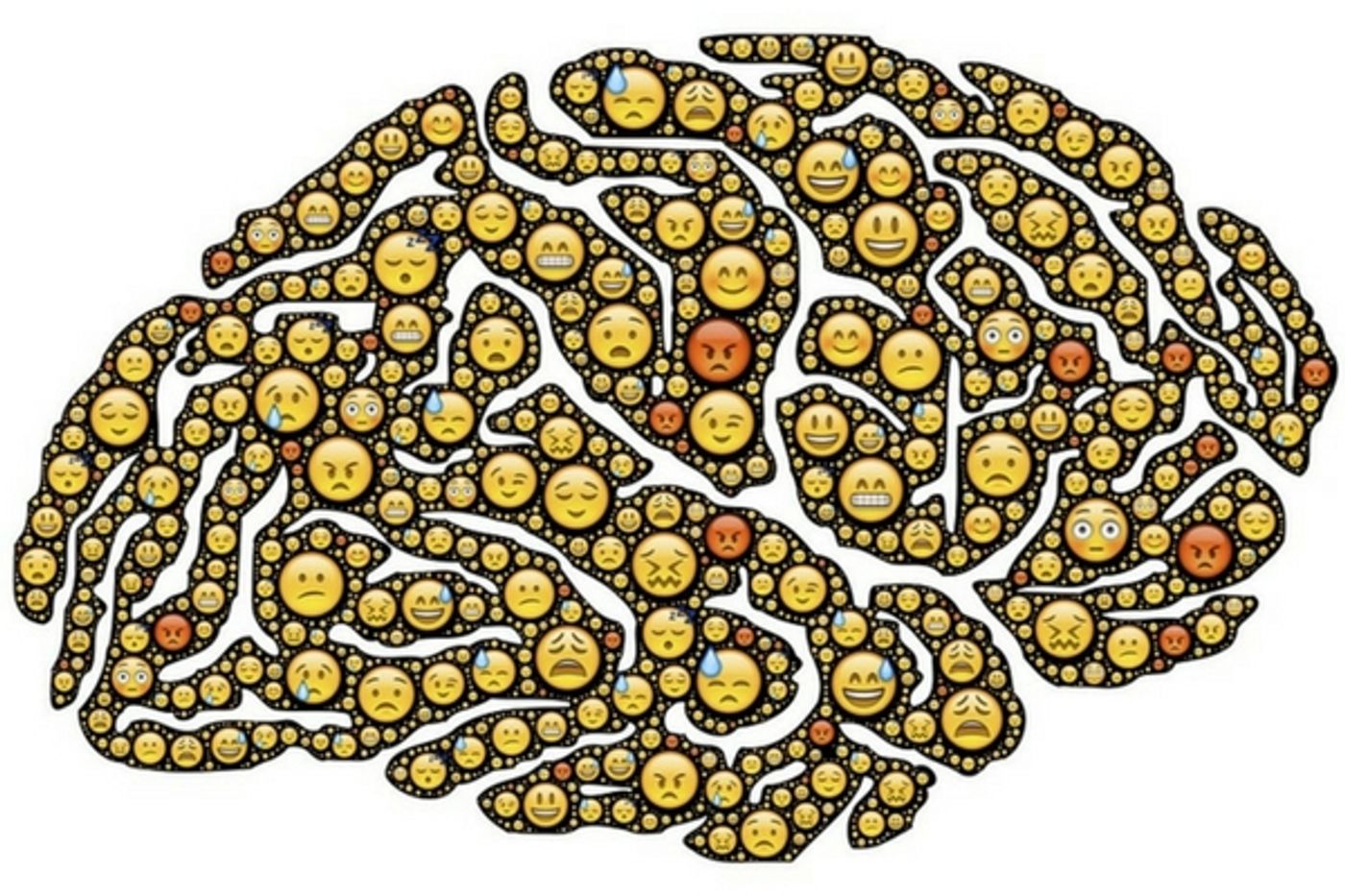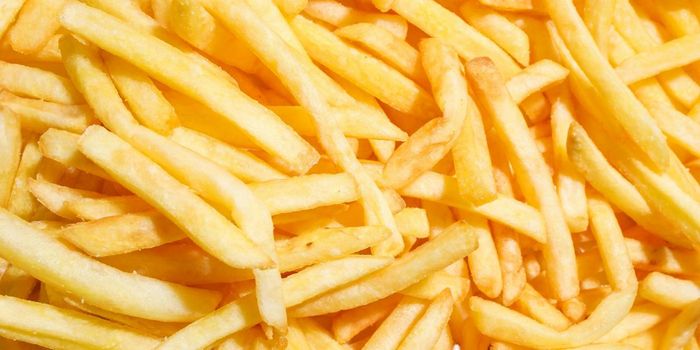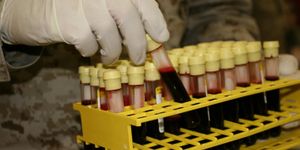In the field of neuroscience, the study of why people suffer with depression and/or anxiety is one that is the subject of much debate and even more research. Feelings originate in the brain, and decades of scientific research have been dedicated to which particular regions of the brain regulate feeling happy or sad, nervous or calm, guilty or prideful. Alex Korb, Ph.D, a neuroscientist at UCLA has written a book entitled “The Upward Spiral: Using Neuroscience to Reverse the Course of Depression, One Small Change at a Time" that discusses complex neurological activity around emotions, how it looks in the brain and how patients can change their thinking patterns and feel better.

The first concept that Korb talks about might seem simple, but it’s actually not. When feeling down, patients often get frustrated and discouraged that they can’t seem to make themselves feel better. That’s because feeling ashamed or guilty about something that has happened versus feeling pride are opposite emotions that are processed in the same neural circuits in the brain. These emotions activate circuits in the dorsomedial prefrontal cortex, amygdala, insula, and the nucleus accumbens, which are also located in the brain’s reward center. Worry is located here too, so while it seems pointless to get wound up over some things, in the brain, this activates calming circuits. Worry might seem like a waste of energy, but it can actually help calm the brain because of where the circuits are.
Another seemingly subjective topic that is actually rooted in neuroscience is gratitude. When a person is grateful for something, even something very small or ordinary, the part of the brain that is stimulated is the same area that produces dopamine. Many anti-depressants are designed to boost levels of the neurotransmitter serotonin. Feeling gratitude has the same effect it raises levels of serotonin in the anterior cingulate cortex. Korb posits that just the act of trying to find the silver lining in a situation creates this increase, even when an event is traumatic like a death of a loved one or other devastating event .
Korb’s book talks about the neurons that are activated when a person puts a verbal name to an emotion. In a study he conducted, participants were shown pictures of people whose facial expressions were sad, angry, happy, worried etc. When shown the negative facial expressions, functional MRI scans showed activity in the amygdala. A person looking at someone who is sad or angry will exhibit the same kind on neuronal activity associated with anger and sadness. When study volunteers were asked to label what they believed the person in the picture was feeling and they responded with words like “sad” “anxious” “depressed” the ventrolateral prefrontal cortex activated and reduced the emotional amygdala response. It’s rather like a scale that your brain has built in to it. Being able to label negative emotions balances out their effects.
Finally, the book details the activity that goes on in the brain when a decision is made. In Korb’s lab two rats were given cocaine. One rat had to push a lever to get the reward. Another rat just got the dose of coke without having do anything. Cocaine is of course very dangerous, but it does raise the levels of dopamine. The rats were of similar size and received the same amount of the drug. The rat that had to work for his hit? That was the rat who showed higher levels of dopamine in the nucleus accumbens. Korb says this is because the rat had to make a decision, which is an active measure. Not doing anything, simply passively receiving something rewarding did not produce as much dopamine. Decision-making is a way of being in control and the brain likes control. The video below offers more information about habits that can reverse feelings of sadness or worry.
Sources:
Business Insider,
The Week,
UCLA









